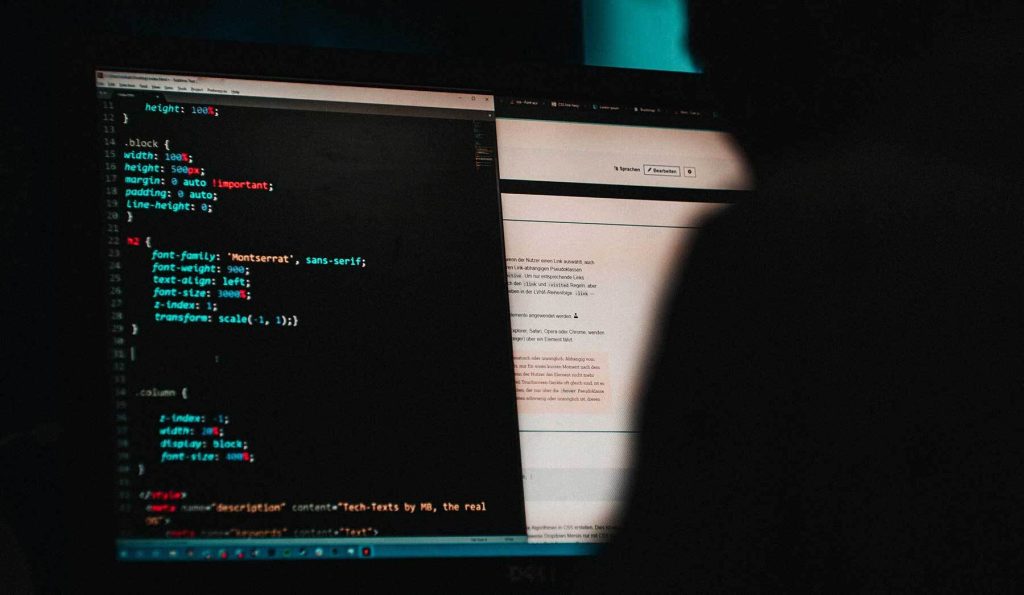Exploit malware is a pretty new type of malware. Well-known stuff like worms, viruses, spyware or adware have been present since the early ’00s, one may say – since the late ’90s. Meanwhile, exploits in their current state appeared in the mid-10’s, after the first ransomware boom.
Exploit virus threat summary
This malware type is an amalgamation of the downloader, backdoor and worm malware. The purpose of the exploit is to find the security breaches in the system, make them available to use during the malware attack, and then download the malware. This virus is either able to grant remote access to your PC – in case cybercriminals need it for some thin setup.
Obviously, such a wide functionality is overkill for attacks on individual users. In most cases for sole users malware distributors utilize separate dropper trojans or script-based malware. The main scope for these malware types is attacks on companies, either small or large. Cybersecurity analysts consider China as the main source of exploit viruses that are created specifically for the cyberattack on a certain company.
Why do they need a fresh one for each case?
The need for such a specification hides in a specific set of exploitable apps used in each company. One corporation uses MS Exchange, another has macros allowed in MS Office. In the third one, workers use Adobe Creative Cloud and all supplementary software. In fact, it is hard to name a corporate product that does not contain any exploits. But the main value for cybercriminals is to create ones that allow them to escalate privileges, or to perform the actions without the privileges at all.
List of the exploit examples
How to protect yourself from exploit malware?
Just as with any other malware, there is no versatile advice for that case. Modern malware is extremely flexible, and counteracting it requires a complex solution. Never use outdated programs, do not forget to update your system, stop using pirated software – these pieces of advice fit almost every malware type. But to exploit viruses, I can offer you to concentrate on the first two. They will fail to act correctly if a)there is nothing to exploit, b)the system is ready to respond and cannot be exploited as well.
Another advice that is effective specifically against exploits is creating special anti-malware barriers at user-administrator rights. As I have pointed out above, the main point of attack for this malware type is escalating privileges. Most of the modern malware – ransomware, spyware or other things used in attacks against corporations – are useless when executed with user privileges. All they can do in that mode is to corrupt the computer they were launched on. The network, domain controller and server storage remain untouched. Despite the dread of all these definitions and methods, all countermeasures you need to apply are just about controlling the discipline of your workers. Only “polishing” will require additional software or specialists.
The final thing to define is that you must not forget about computer hygiene. Sure, corporations are often attacked through external connections, but enough attacks are still related to “classic” methods. Email spam with malware in the attachment, or redirect to the web exploit in the link – all these things are still used, and pretty actively. It is quite stupid to underestimate the danger of these things. You along with everyone in the network must know how to distinguish a spam email from a legit one. And use anti-malware software – just to have it as a last resort.
